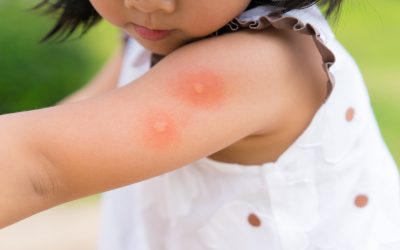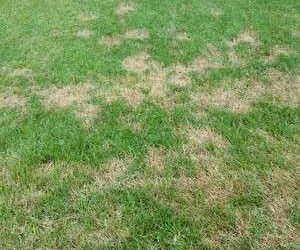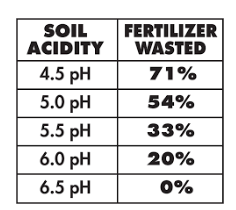 Another article on the Spotted Lanternfly?!? You bet. Why, you might ask, when it seems like an article is published every other week about this invasive species. Because our region is a hotbed of SLF activity, and fall is the perfect time to help reduce future populations of the invasive pest.
Another article on the Spotted Lanternfly?!? You bet. Why, you might ask, when it seems like an article is published every other week about this invasive species. Because our region is a hotbed of SLF activity, and fall is the perfect time to help reduce future populations of the invasive pest.
The SLF doesn’t kill the trees and shrubs in your greenspace, but they do excrete a sugary substance called honeydew that causes sooty black mold to form on branches and leaves. The honeydew in turn causes leaves to wilt and curl and weakens established hosts, making them susceptible to further disease and damage.
On a broader level, the SLF does feast on apples, peaches, grapes, hops and several other agricultural crops impacting our local economy to the tune of millions of dollars every year.
 Tree-of-heaven, another invasive species, is the preferred host plant of the SLF. You should never grow Tree-of-heaven in your greenspace for many reasons, but for our purposes right now, being the favorite of the SLF is more than enough reason! When it shows up uninvited, be sure to remove it immediately.
Tree-of-heaven, another invasive species, is the preferred host plant of the SLF. You should never grow Tree-of-heaven in your greenspace for many reasons, but for our purposes right now, being the favorite of the SLF is more than enough reason! When it shows up uninvited, be sure to remove it immediately.
Some people have gone to incredible extremes to eradicate the SLF, which is neither a fly nor a moth, but rather a plant hopper. “There are people who are dumping all sorts of pesticides on these guys and not following proper procedures, or lighting things on fire to try to get rid of them,” said Anne Johnson, a doctoral researcher at Penn State University who studies spotted lanternflies. “You don’t need to be that extreme. You are probably causing more damage that way.”
 But that doesn’t mean you shouldn’t take steps to kill the insect when you spot it in any stage of its development. Late summer into fall, the SLF is in the adult stage. Smothering or stomping on the hopping and flying adults is met with varying degrees of success. In fact, experts at the Virginia Department of Agriculture are recommending a practice of “If you see it, squish it.”
But that doesn’t mean you shouldn’t take steps to kill the insect when you spot it in any stage of its development. Late summer into fall, the SLF is in the adult stage. Smothering or stomping on the hopping and flying adults is met with varying degrees of success. In fact, experts at the Virginia Department of Agriculture are recommending a practice of “If you see it, squish it.”
Typically, between September and November, adults lay egg masses containing 30 to 50 eggs each, so squishing adult SLF is certainly worthwhile. But there’s no guarantee it hasn’t already deposited eggs somewhere in your greenspace.
Eliminating the eggs means reducing the future population. Now that fall is here, be on the lookout for spotted lanternfly egg masses. Appearing on outdoor surfaces like trees, fence posts, railings, garden walls and rocks, they’re not always easy to spot as they blend in with surfaces and are often higher up in trees. Nonetheless, being vigilant is important!
If you spot egg masses, scrape them into a zip-close bag containing a bit of rubbing alcohol, hand sanitizer or bleach. This will kill the bugs on contact. Beware, when you find a tree covered in bugs you can pretty much guarantee other trees in the area are under attack too. The process of spotting and eradicating eggs is ongoing throughout the fall season.
 No single approach is going to eradicate this invasive species, but the more each of us does to reduce the number of SLF the better off all our plants will be.
No single approach is going to eradicate this invasive species, but the more each of us does to reduce the number of SLF the better off all our plants will be.
Want the Pros at ProLawn to help? Give us a call at 540-662-8316 or email us at clientservices@prolawn.com
to determine the best course of action for your situation.




